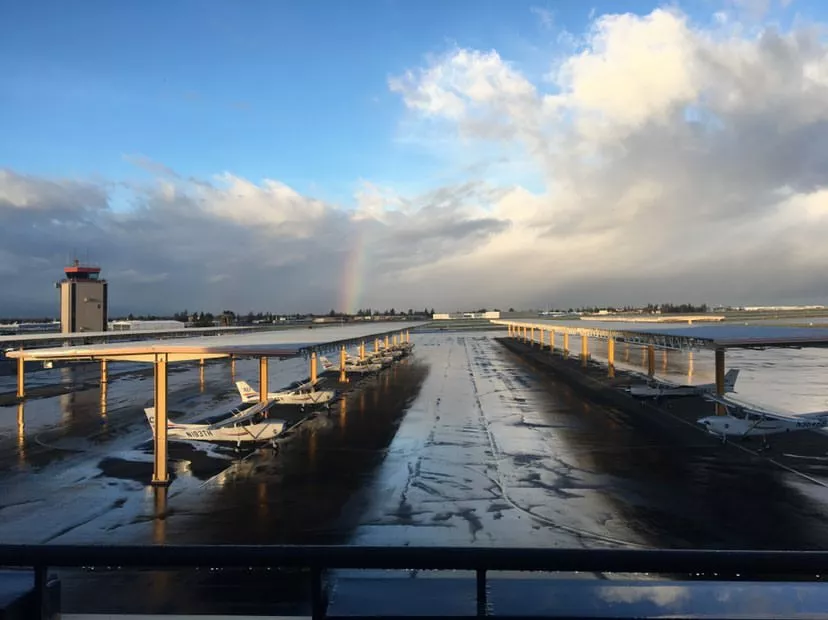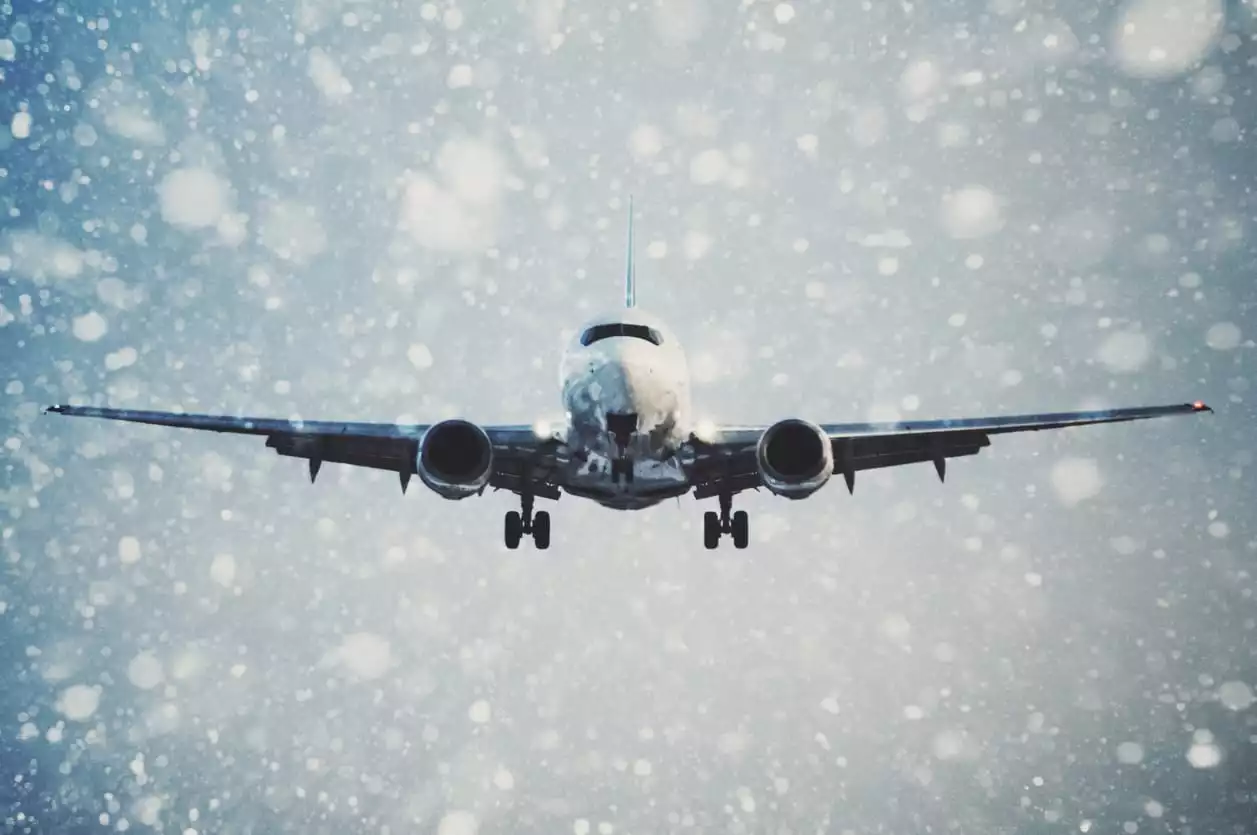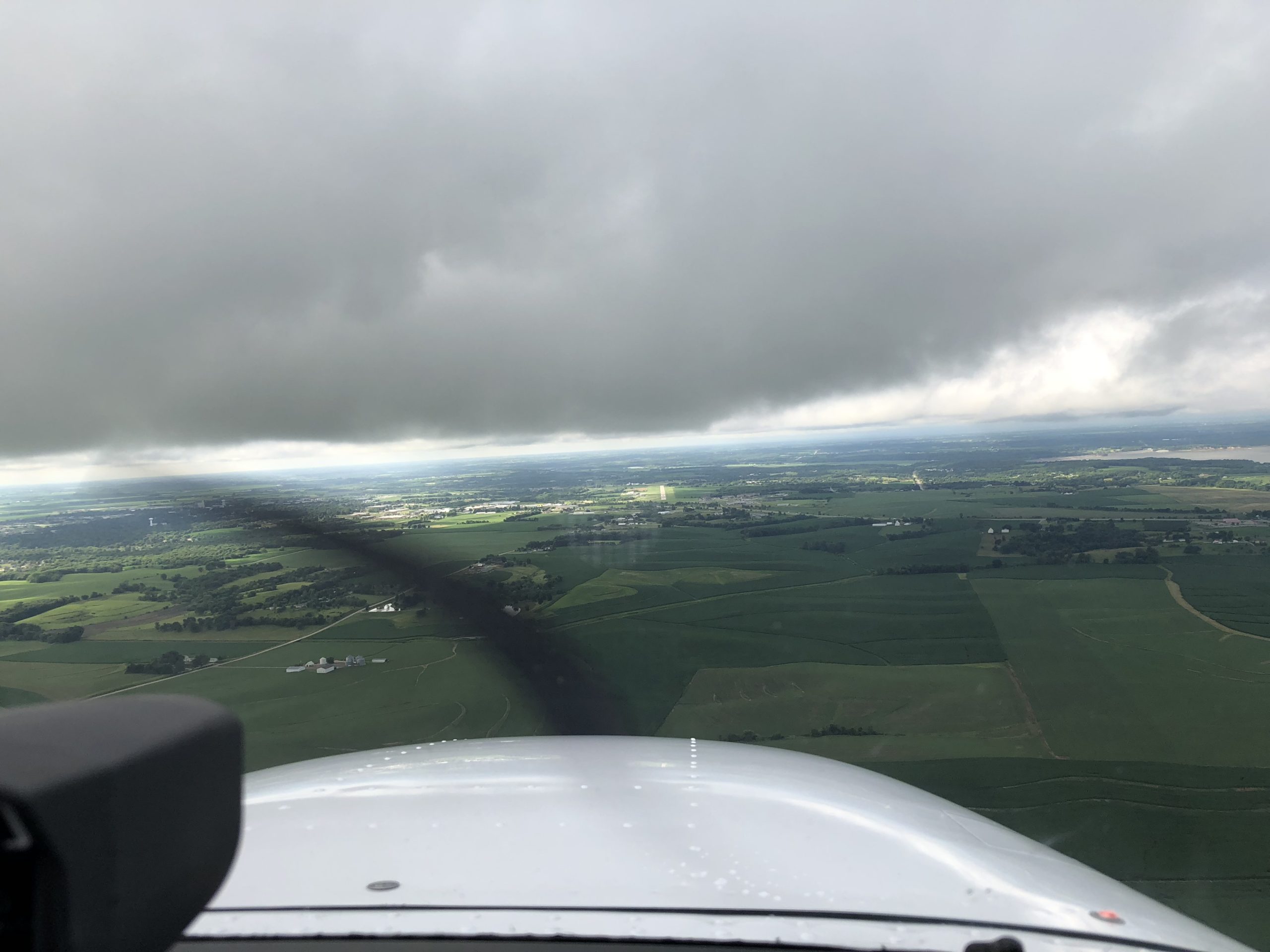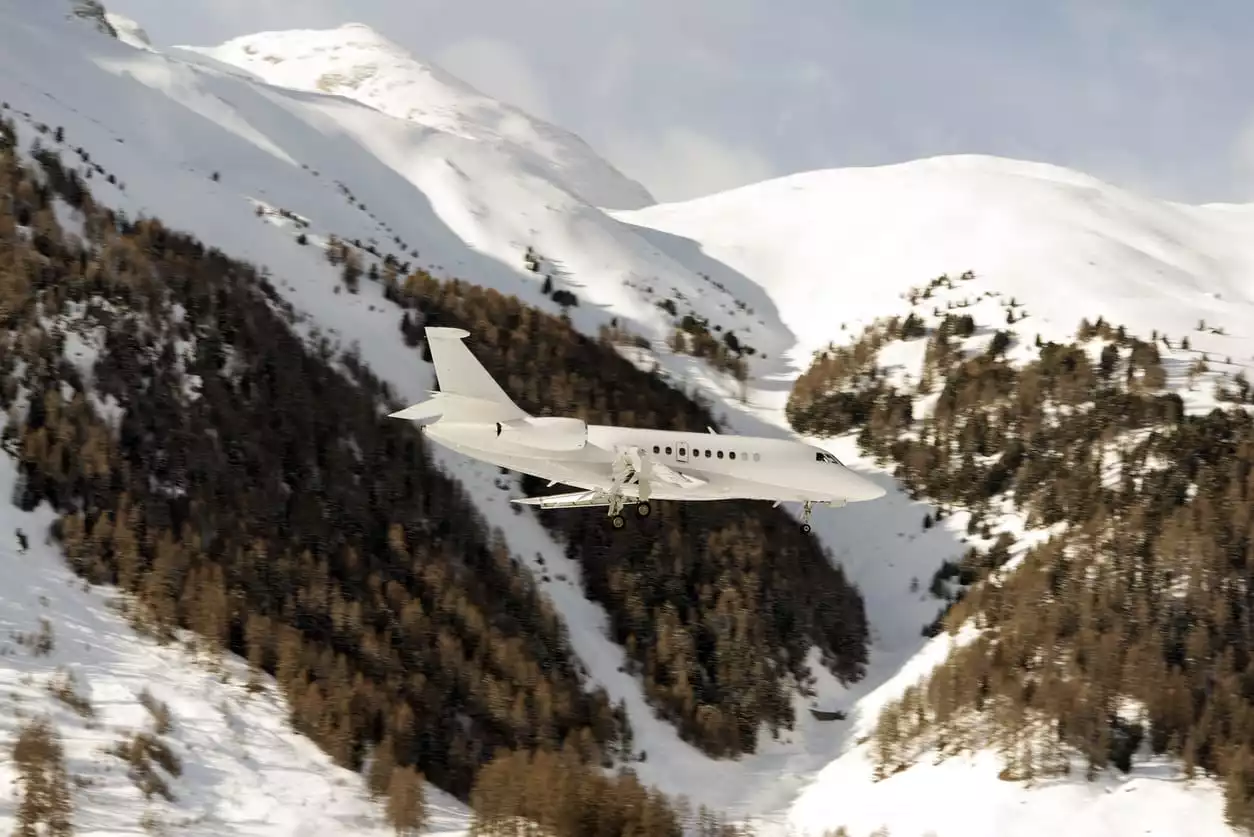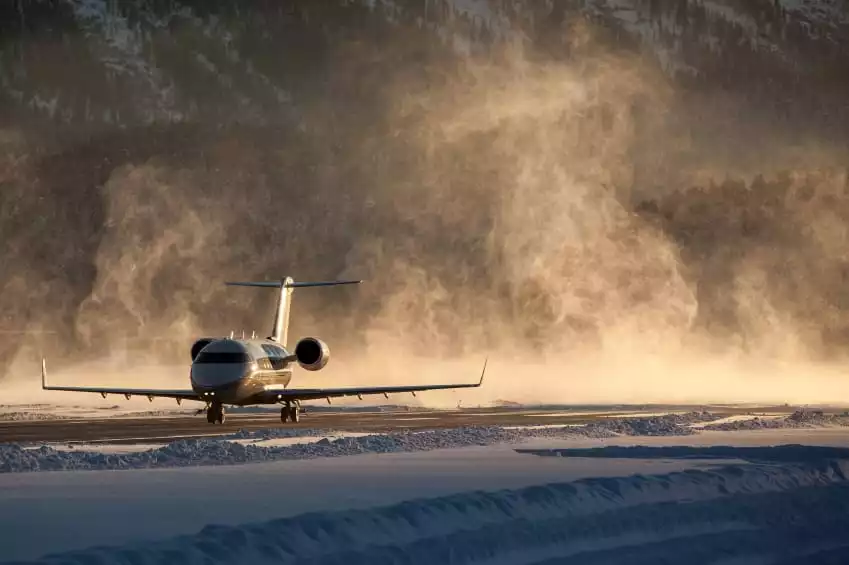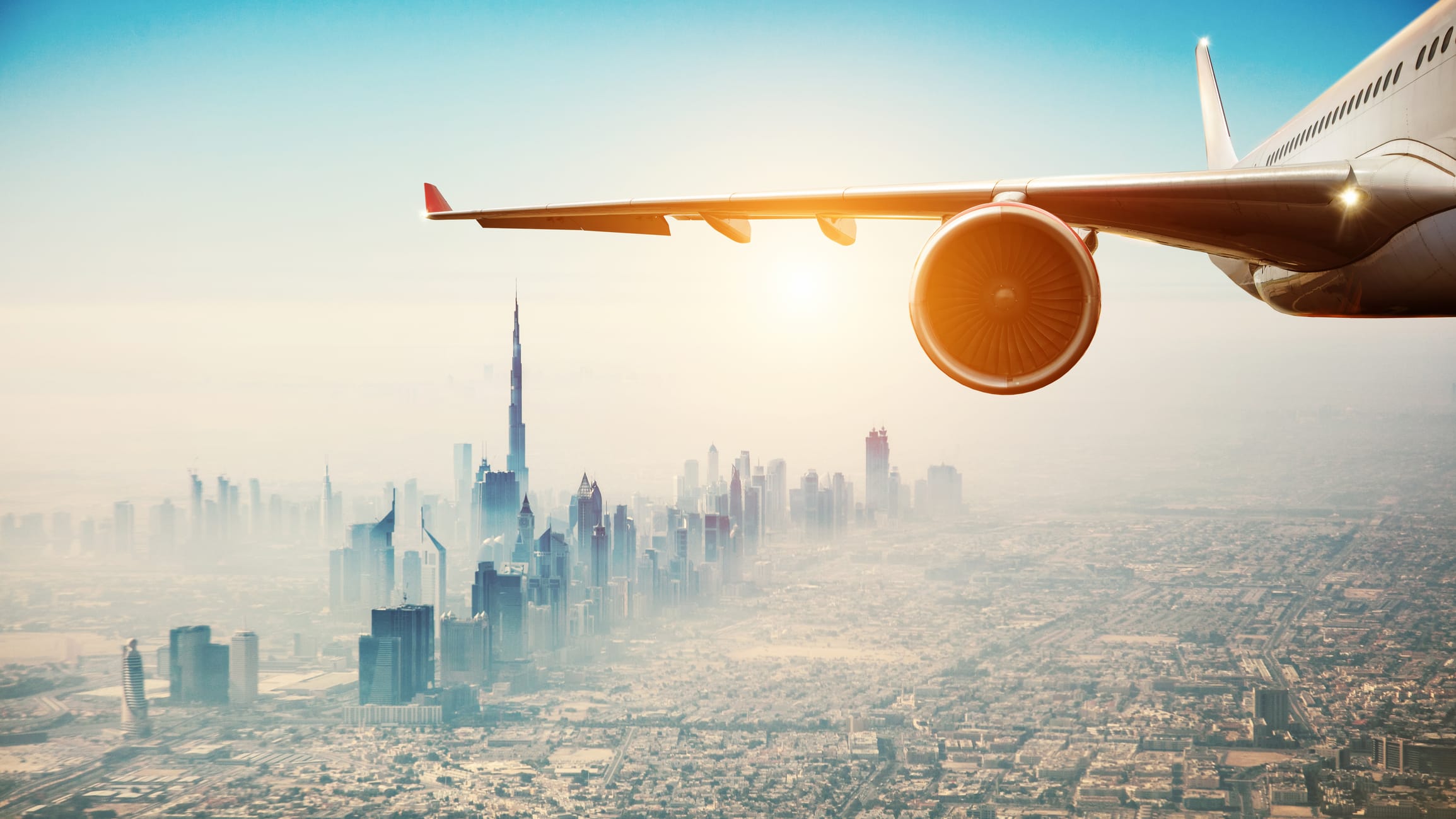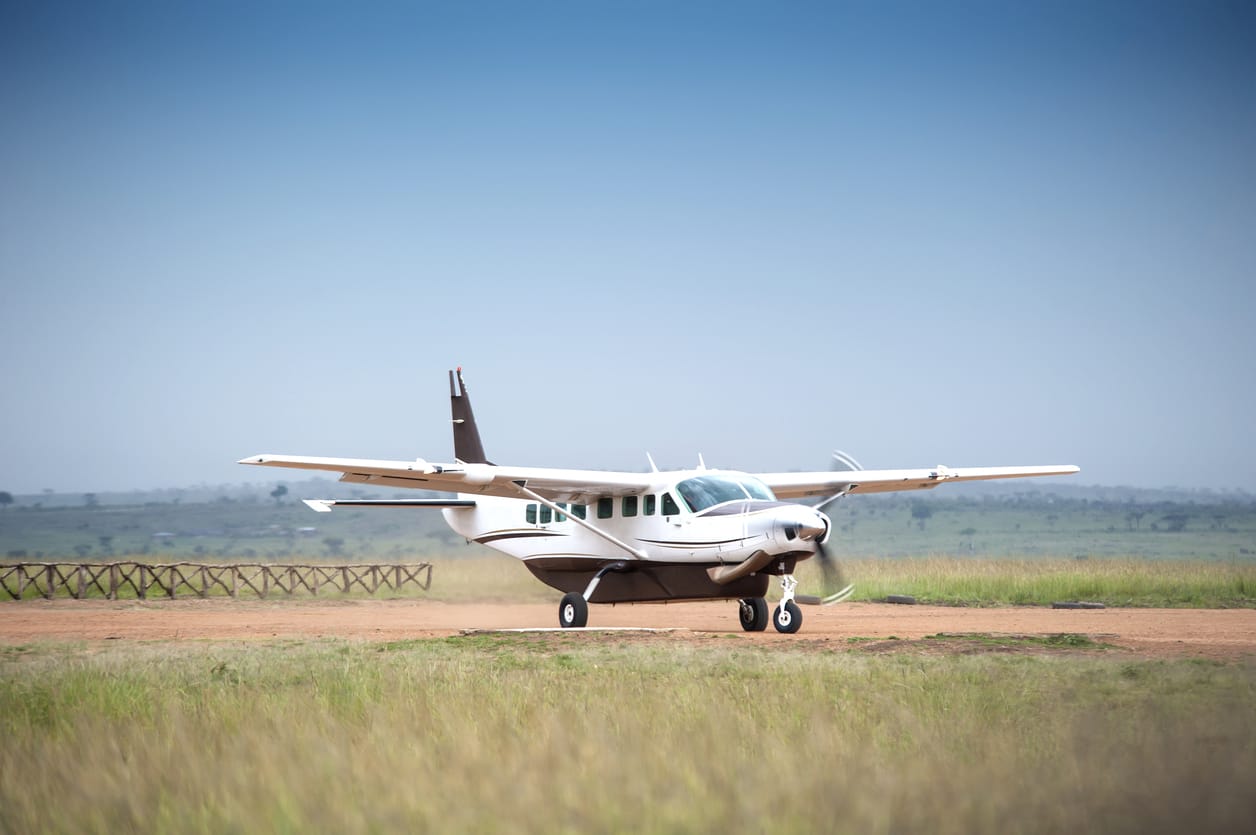When cold weather flying, extremes are to be avoided. In some circumstances, airplanes love cold air and in others, not so much. Learn more with CAU.
However, there are a few things that you probably want to be aware of. We will take a look at cold weather flying vs. warm weather flying and things you might want to consider.
Cold Weather Flying vs. Warm Weather Flying: Which is Best?
If you have a choice of where you would learn to fly, which would be the best? Somewhere warm or somewhere cold? Below, we will compare some common areas in flying that are affected by changes in temperature.
Aerodynamics and Aircraft Performance
One area where cold weather flying can be beneficial is in the performance of the aircraft.
Cold air is denser. If you are a fan of aerodynamic theory, you might want to check out Boyle’s law. The law states that the density of a gas varies inversely with the temperature for a given pressure.
Simply put, for a given volume, a lower air temperature means more air molecules. This offers an increase in lift produced by the wing. It is also beneficial to engine performance.
Practical effects include greater engine power and shorter takeoff and landing distances.
Cold weather: 1
Warm weather: 0
Airframe Icing
There is a downside to very cold temperatures. There is a phenomenon you might have heard about…
In a word? Ice.
If ice forms on a wing during cold weather flying, it drastically changes the wing’s characteristics in an often-unpredictable way. Ice increases the stall speed, and even a thin layer of ice can significantly add to the aircraft’s weight.
The ‘perfect storm’? Absolutely.
It is one thing to be in flight training and another to become an impromptu test pilot. Ice on a wing should be avoided at all costs.
When it comes to cold weather and flying, the temperature does not need to be below freezing for icing to occur. If you want to know more about ice, here is a fabulous resource. You could study this as part of your flight training and learn some great techniques to get out of icing conditions.
An alternative could be to learn to fly somewhere where ice is much less likely, with warmer weather.
Cold weather: 1
Warm weather: 1
Engine Icing
Ice does not just affect the wings; it can also affect your airplane engine while cold weather flying.
Piston engines use a system called a carburetor. This system regulates fuel flow to the engine and controls the amount of thrust produced. It works by using suction, also known as a drop in air pressure.
Do you know what happens when air pressure reduces?
It also causes a drop in temperature.
Even if conditions are above freezing, this drop can be enough to take the temperature low enough that ice can form in the carburetor. If the ice becomes too thick, it can completely close off the airflow to the engine.
There are two things that you can do to prevent this. Modern training aircraft have a carburetor heat system that will prevent ice buildup. However, it is better to avoid the conditions where it occurs.
Carburetor heat is rare in areas where the climate is warm and dry. Less moisture in the air, less carburetor icing… Simple!
Cold Weather: 1
Warm Weather: 2
Flight Controls
It may seem a little obvious, but ice in the flight controls can be challenging.
Flap actuators can stick. In the worst case, a buildup of ice or frozen deposits such as snow or slush can become crushed in between flight control surfaces and the wing. This can cause them to have limited range of movement, or in extreme circumstances, no movement at all.
California Aeronautical University’s four locations are all situated in warm weather environments where ice in the flight controls is rarely an issue. Whether you are in Bakersfield, Oxnard, San Diego, or Phoenix, the mild climate makes for perfect flying weather.
Cold weather: 1
Warm weather: 3
Instruments
Instruments, as the name would suggest, are delicate little things. It does not take much to upset them. Those little tubes pointing forward on a fuselage? Yep, they are important, especially for things such as reading your altitude and airspeed (both of which are key elements of successful flight).
Static and pitot probes both need to be entirely clear of matter to function properly. One thing that causes blockages is frozen deposits… Or bugs…
But when was the last time you saw a bug at 8,000 feet?
Cold weather: 1
Warm weather: 4
Airfield Usability
The real kicker about cold weather flying is that sometimes you just can’t. Airfields that are subject to cold weather conditions are subject to a whole manner of problems:
- Snow can close the runway.
- Radiation fog can develop on colder airfields and last the day.
- Thunderstorms and hail are features very much associated with a cold front.
There is no feeling more frustrating than feeling like you are ‘going cold’ when all you want to do is get those hours up and achieve your license! By choosing to complete your flight training in a warmer environment, you can ensure that your course is not weather-dependent.
Cold weather: 1
Warm weather: 5
Anything Else?
Yes indeed…
Aviators? Check!
Short sleeves? Check!
A warm breeze? Check!
Doing the aircraft walk around in warm weather with the sun on your face before jumping in to fly is much more pleasant than having to get wrapped up warm… Then waiting for 20 minutes at the holding point while your oil temperatures trickle above the AFM minimum.
Studies also suggest that sunshine is great for your mood and great for the mind!
Cold weather: 1
Warm weather: 6
Conclusion
When it comes to cold weather flying vs. warm weather flying, it would appear that there is no contest. In cold weather, you may get a slight increase in performance, but if the airfield is snowed in, and you are dressed like an Eskimo, that is of little benefit. By choosing a flight school in a warmer area, you can increase your chances of completing a course on time… And getting an amazing tan while doing so. A tan and a pilot’s license? That sounds pretty great to us!
Ready to soar in your aviation career?
Mr. Matthew A. Johnston has over 23 years of experience serving various roles in education and is currently serving as the President of California Aeronautical University. He maintains memberships and is a supporting participant with several aviation promoting and advocacy associations including University Aviation Association (UAA), Regional Airline Association (RAA), AOPA, NBAA, and EAA with the Young Eagles program. He is proud of his collaboration with airlines, aviation businesses and individual aviation professionals who are working with him to develop California Aeronautical University as a leader in educating aviation professionals.
